How to Make Cold Brew Coffee at Home (3 Recipes) Ratios, Tips, Benefits

How Much Caffeine In Cold Brew
Yes, cold brew coffee has a higher caffeine content than espresso and a regular cup of coffee too. Even though caffeine is much easier extracted from coffee using hot water and a shot of espresso has a high concentration of coffee with a coffee to water ratio of 1:1.5 the volume, a single 1 oz (30 ml). The volume plays a large role in the total.
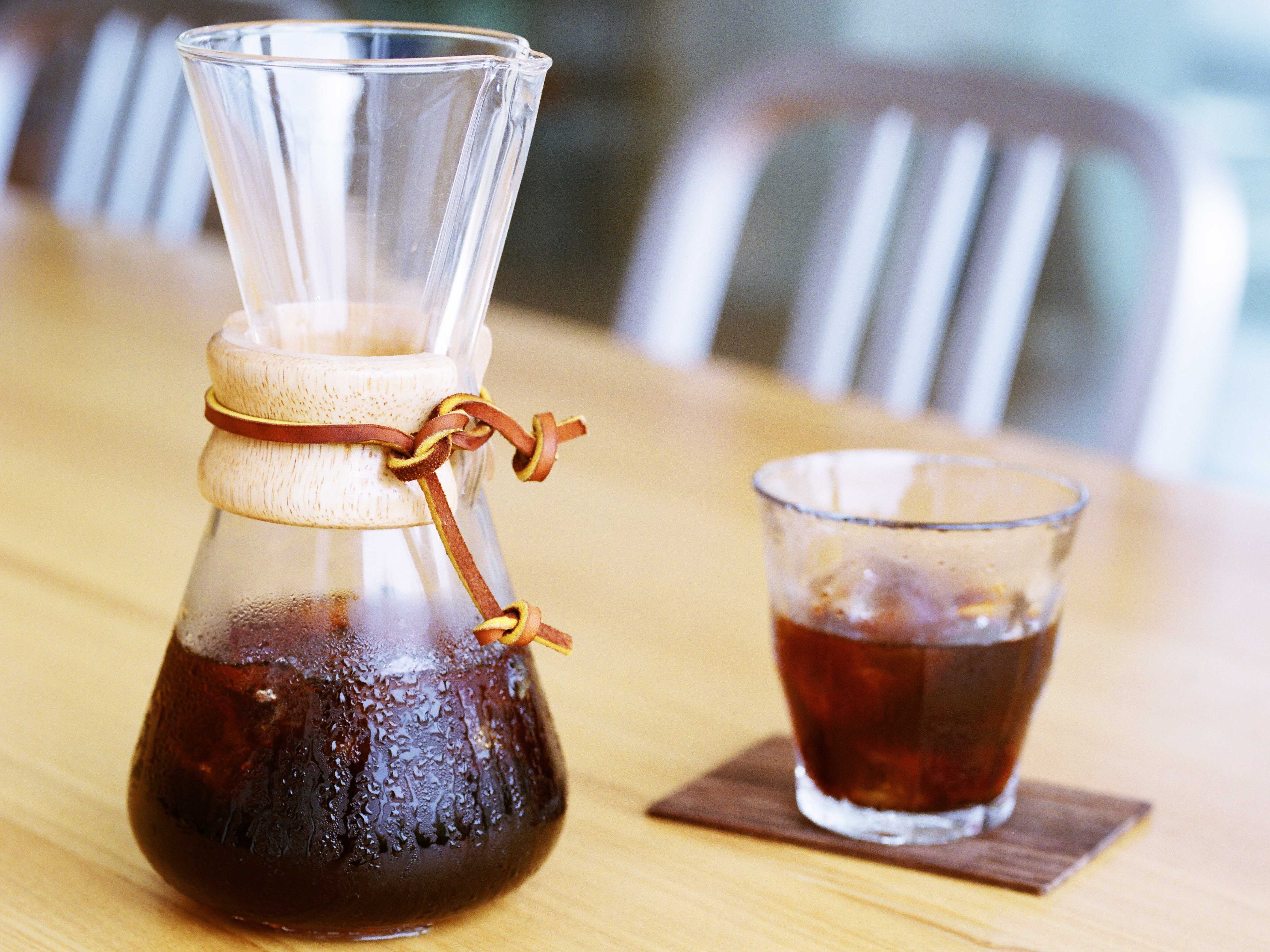
Does Cold Brew coffee contain more caffeine than hot coffee?
The answer, it turns out, is a bit complicated. On the one hand, It does have more caffeine than regular coffee. This is because the brewing process for cold brew coffee is much longer than for regular coffee, and thus more of the caffeine is extracted from the beans. On the other hand, the higher caffeine content of cold brew coffee is offset.
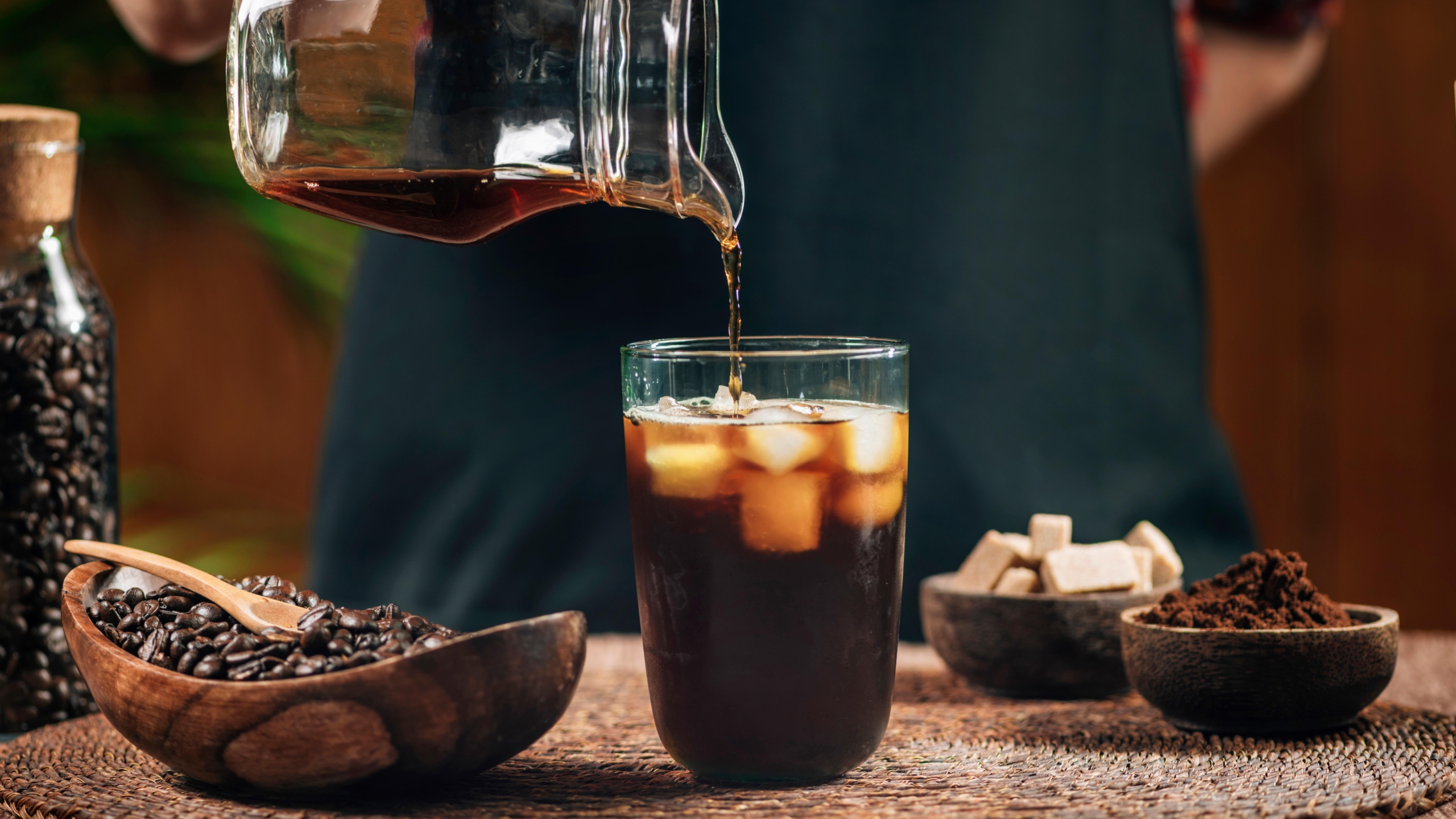
7 Cool Facts About Cold Brew Coffee and Why You Should Drink It
However, cold brew is made as a concentrate that should be diluted with one part coffee to one part water or milk, which brings that caffeine level right back down. Starbucks offers an example. A 16-ounce cold brew from Starbucks is reported to contain 200 mg of caffeine, while a hot 16-ounce coffee can contain anywhere from 260 to 360 mg.
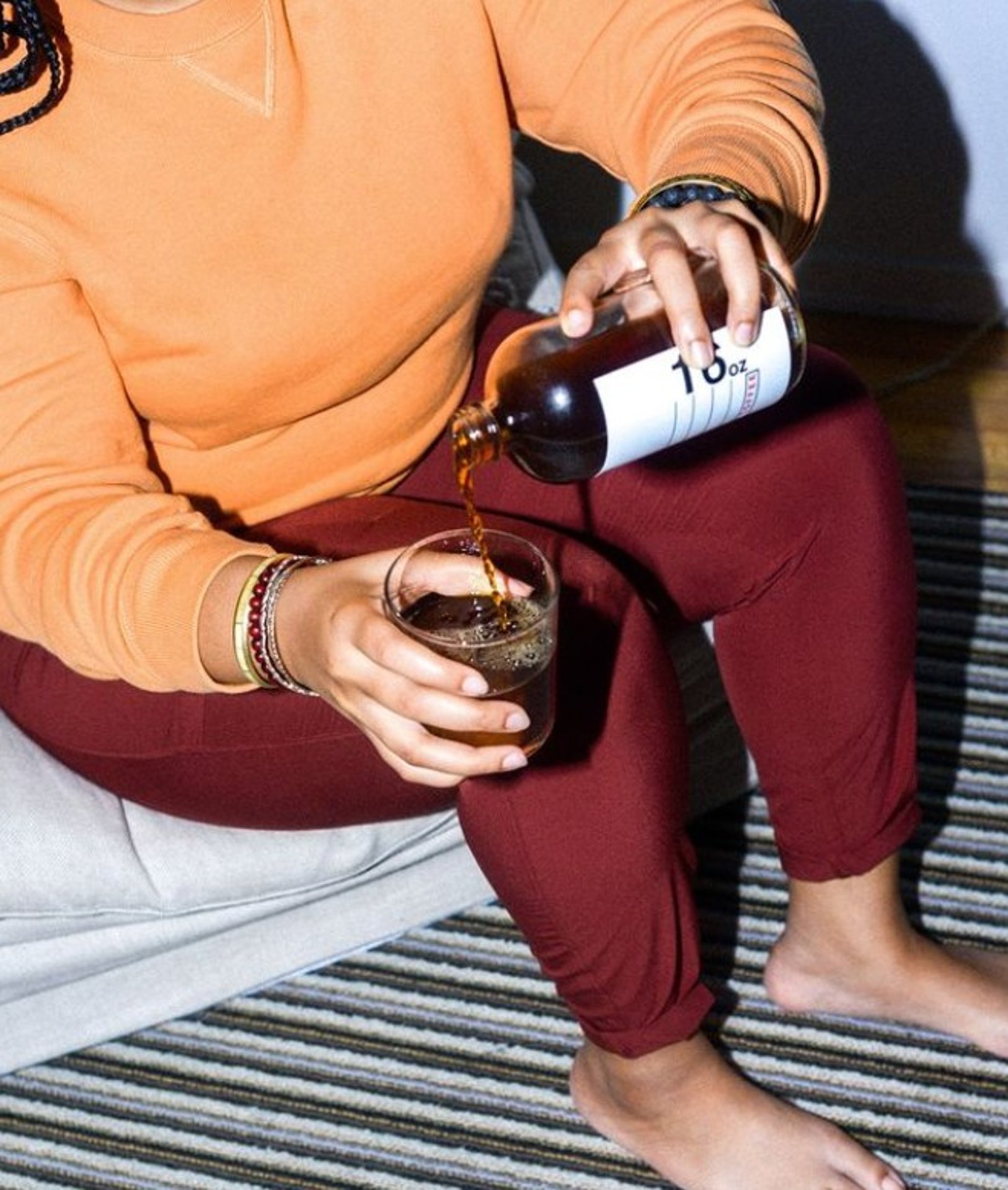
Not Boring Events Cold Brew Coffee Tasting The Vendry
Cold brew generally contains more caffeine than iced coffee, with a typical 16-ounce cold brew containing around 200 mg of caffeine, while a 16-ounce cup of iced coffee has an average caffeine level of about 165 mg. Iced coffee is brewed like regular hot coffee, but then it is cooled and served over ice.
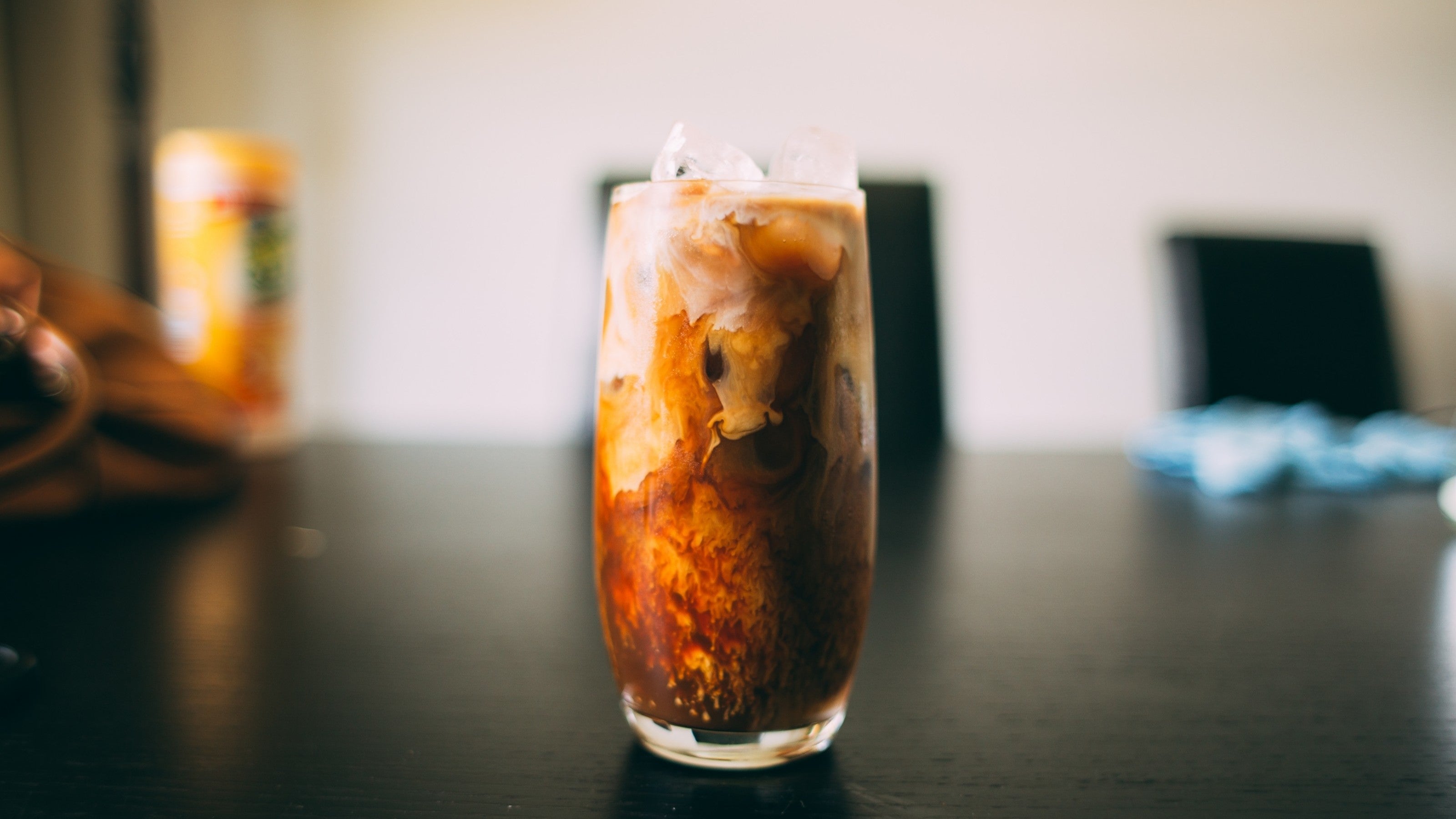
Caffeine FaceOff Cold Brew Vs Regular Coffee Lifehacker Australia
The extended steeping time in cold water is a key contributor to cold brew's higher caffeine content. While traditional hot brewing methods extract caffeine more rapidly, the lengthy immersion in a cold brew coffee maker allows cold brew to extract a higher percentage of caffeine from the coffee grounds. 2. Coarse Grind, Higher Caffeine.
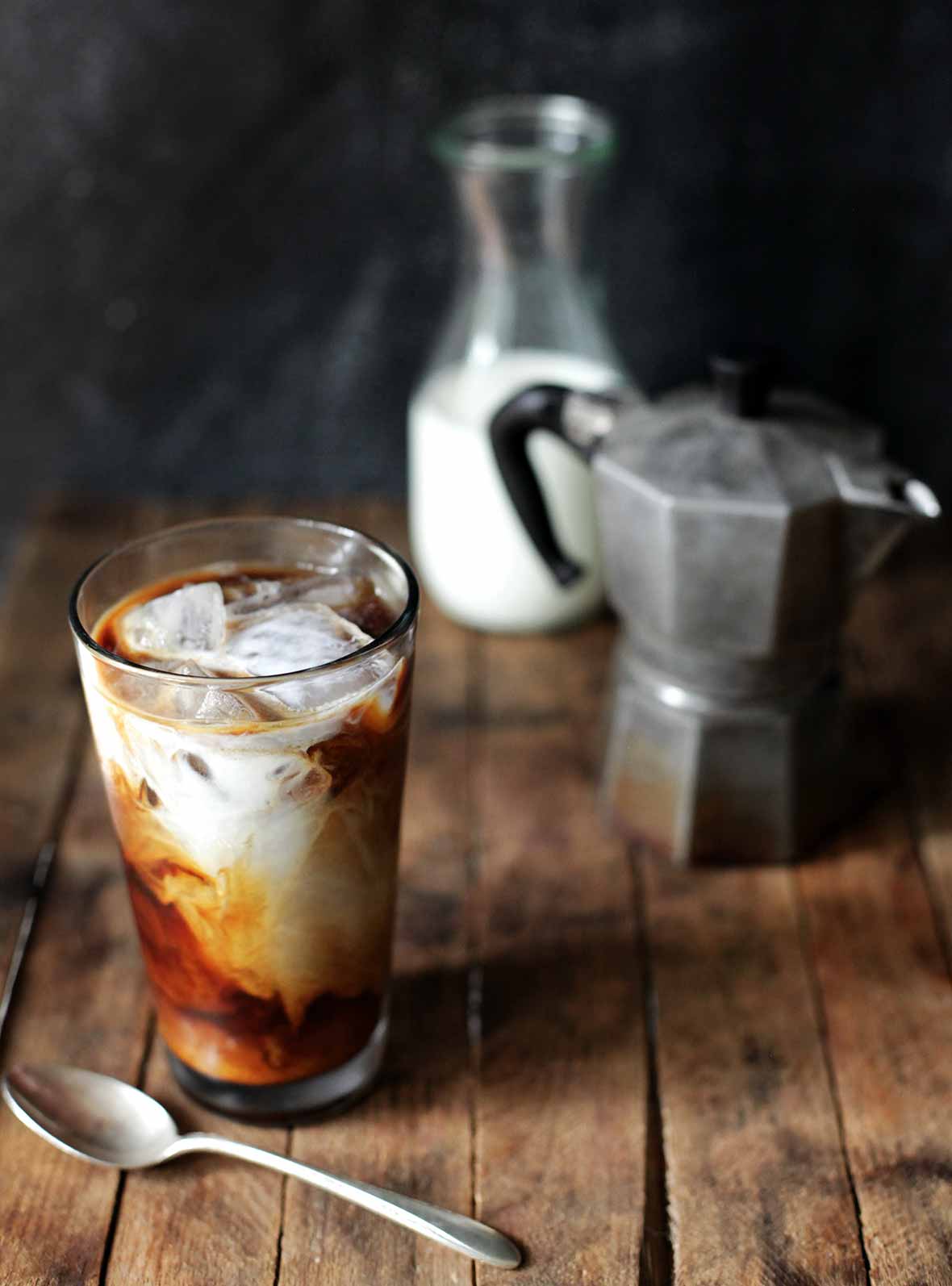
How To Make Cold Brew Coffee Recipe Leite's Culinaria
One thing is clear, cold brew has more caffeine, but why does cold brew have more caffeine is a bigger question to ask. The answer is simple, and more basic than you probably realize, an elusive obvious perhaps. Here is the simple and basic answer if you are in a rush: More coffee is used to make a cold brew is the reason why it is more.
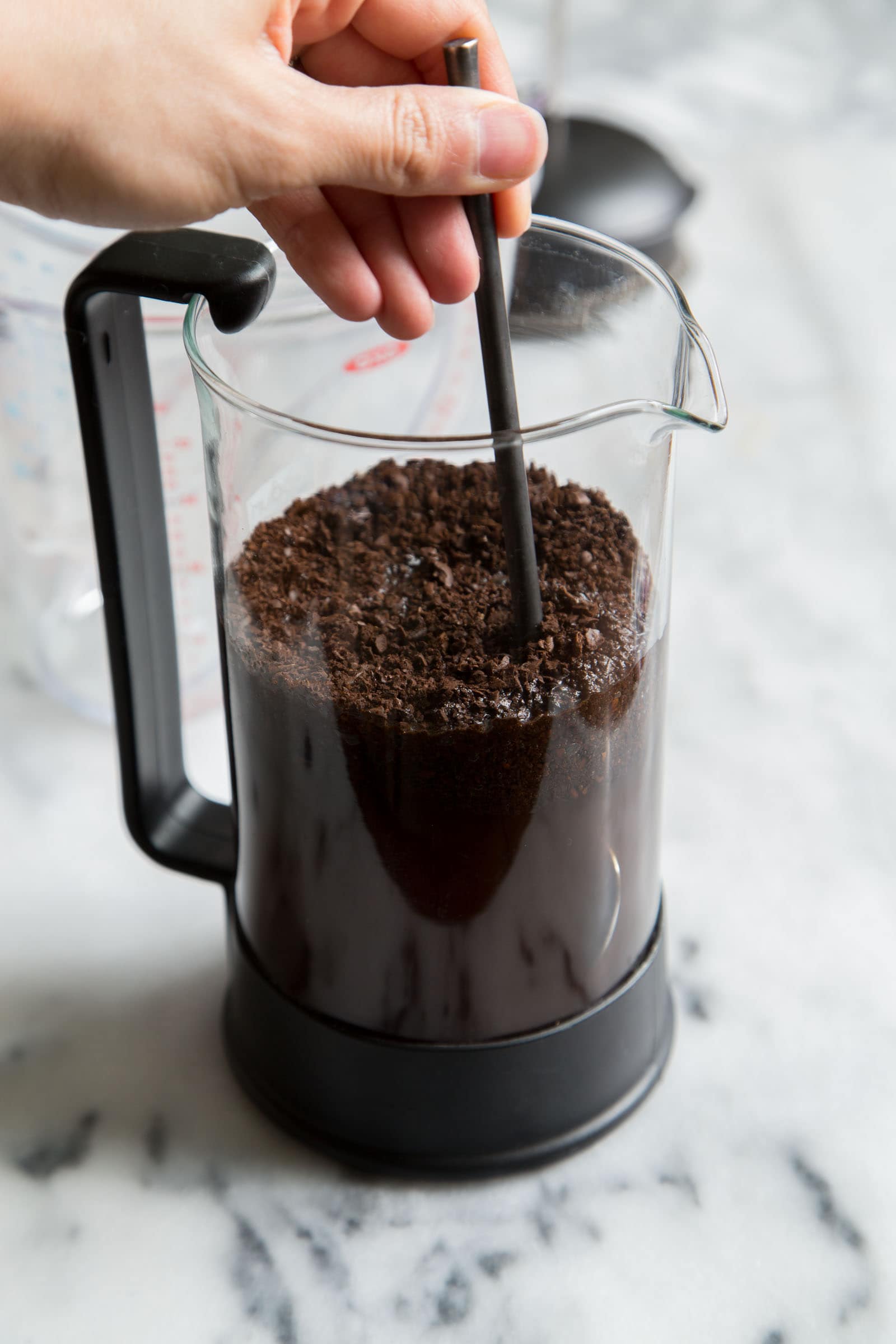
Cold Brew Coffee Concentrate The Little Epicurean
Shutterstock. When comparing the caffeine content of various drinks at Starbucks, Healthline found that a 16 oz (473ml) cup of cold brew has 205 mg of caffeine, whereas a 16 oz cup of hot coffee can have anywhere between 210 mg to 360 mg of caffeine, depending on exactly which hot coffee you're drinking. Although cold brew technically has more.

Recipes for New Moms How To Make Cold Brew Coffee
ICED COFFEE: A typical 16-oz. iced coffee has ~165 mg of caffeine. COLD BREW: A typical 16-oz. cold brew has ~200 mg of caffeine. So, in the simplest of terms, cold brew has more caffeine than iced coffee (and, depending on how it's brewed sometimes it can be nearly double that of its cold coffee counterpart!)
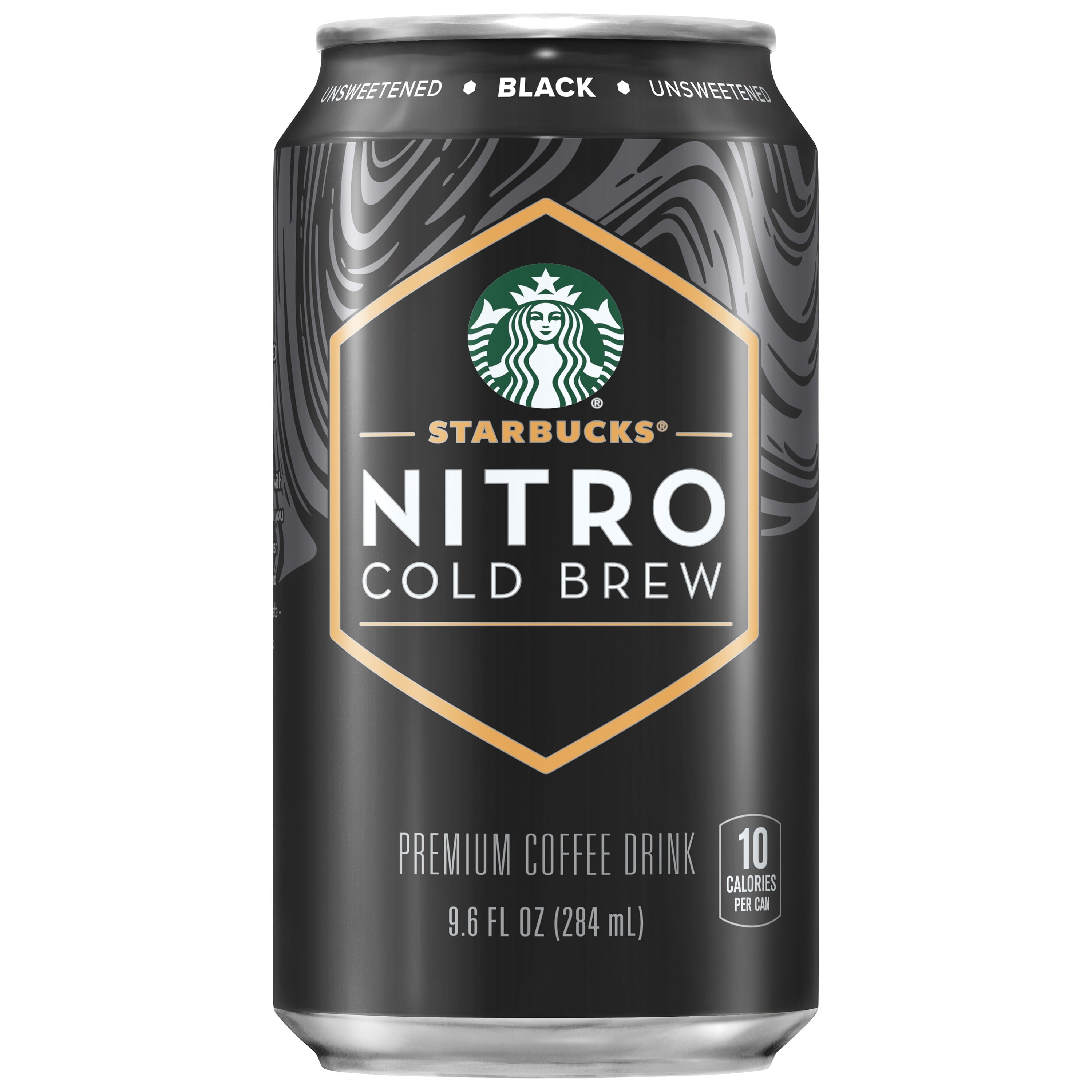
(8 Pack) Starbucks Nitro Cold Brew Black Unsweetened Premium Coffee
A stronger brewing method. However, most cold brews are in fact brewed stronger than hot coffees. Our cold brew recipe uses an 8:1 ratio of water to coffee grounds, making it twice as strong as the common hot brew ratio of 16:1. Remember though, that you're usually watering down cold brew with ice, water, or the milk or creamer of your choice.
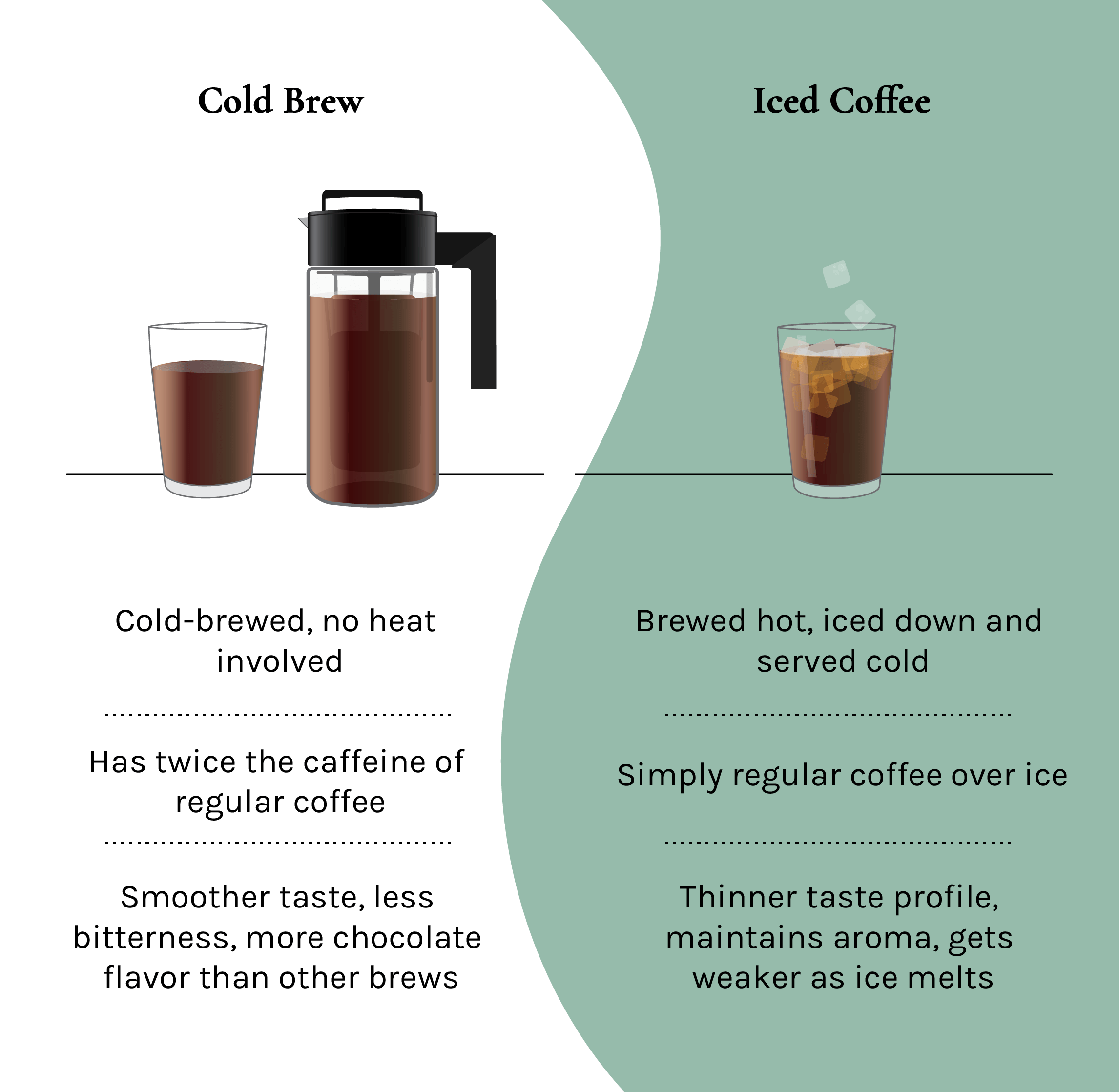
Cold Brew vs Iced Coffee Differences Explained Coffee Affection
Explore the intriguing world of cold brew coffee: its caffeine content, health benefits, brewing tips, and comparisons with other coffee types.
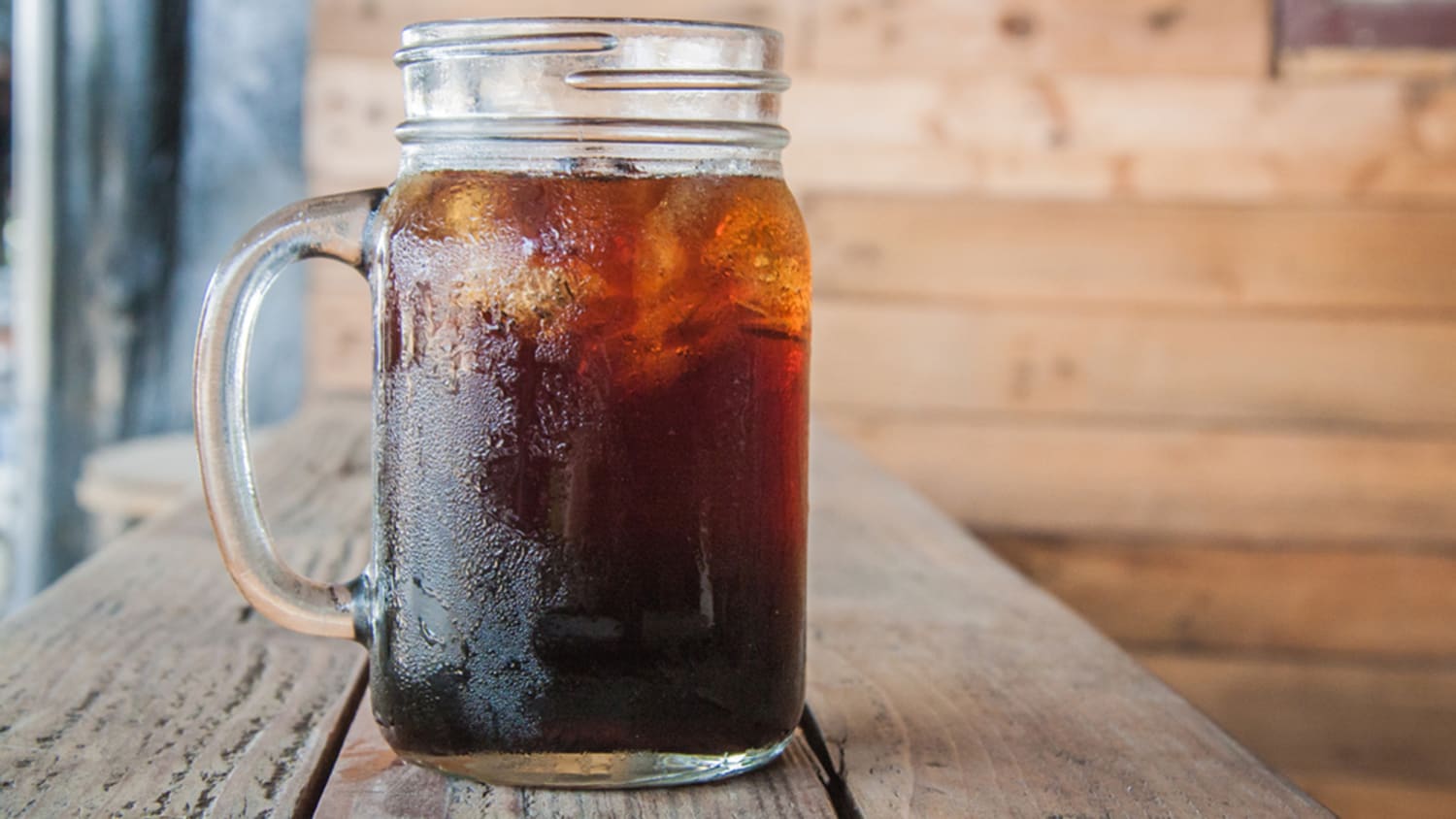
Cold brew coffee taste test by Good Housekeeping Institute
On average, a cup of cold brew coffee contains around 200 mg of caffeine per 16 ounces (473 mL). However, the caffeine content can vary quite a bit between different brands. For example, a 16.
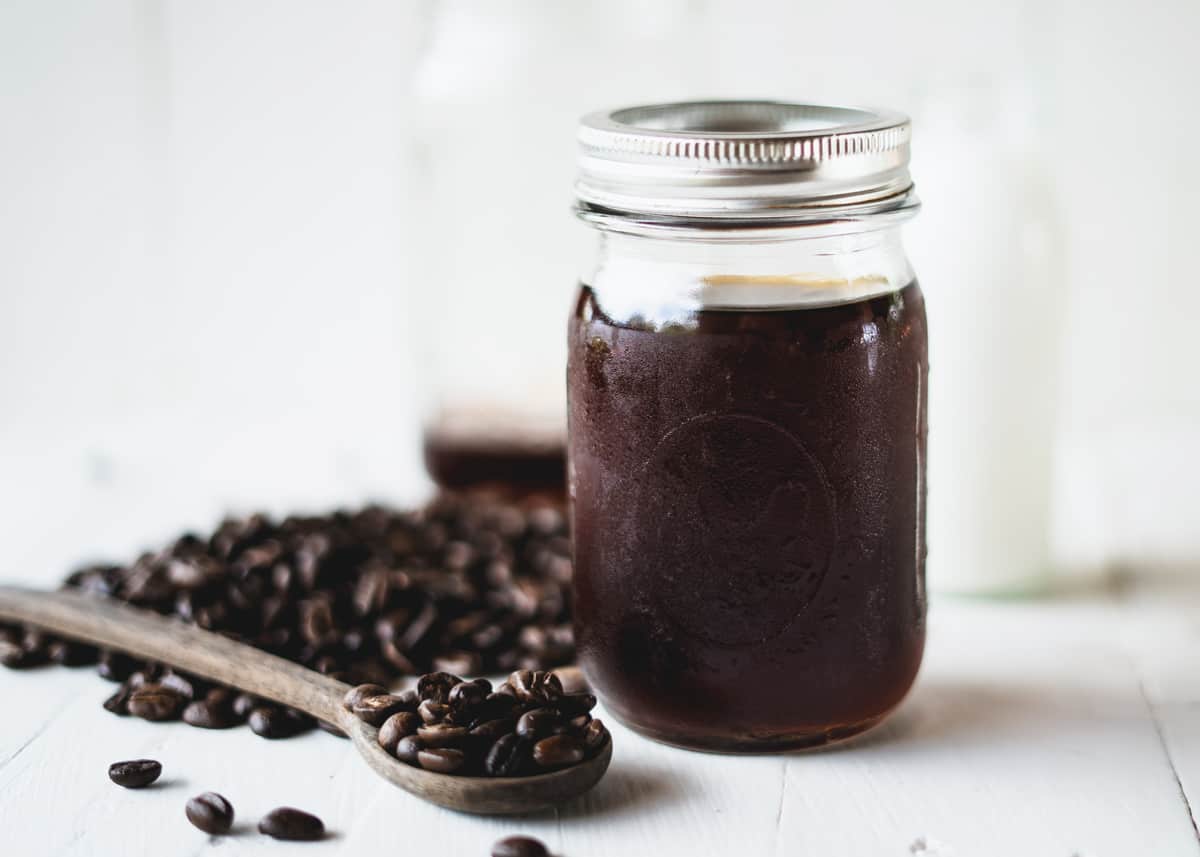
How to Make Cold Brew Coffee at Home (3 Recipes) Ratios, Tips, Benefits
Most hot coffee is brewed using 14-18 grams of water per gram of coffee. Cold brew is made using a tighter ratio— Wolczynski recommends starting with 12 ounces (340g) of coffee to 64 ounces (1814g) of water, which is a much higher ratio of coffee to water. (He then recommends cutting the brewed concentrate with one part concentrate to one.
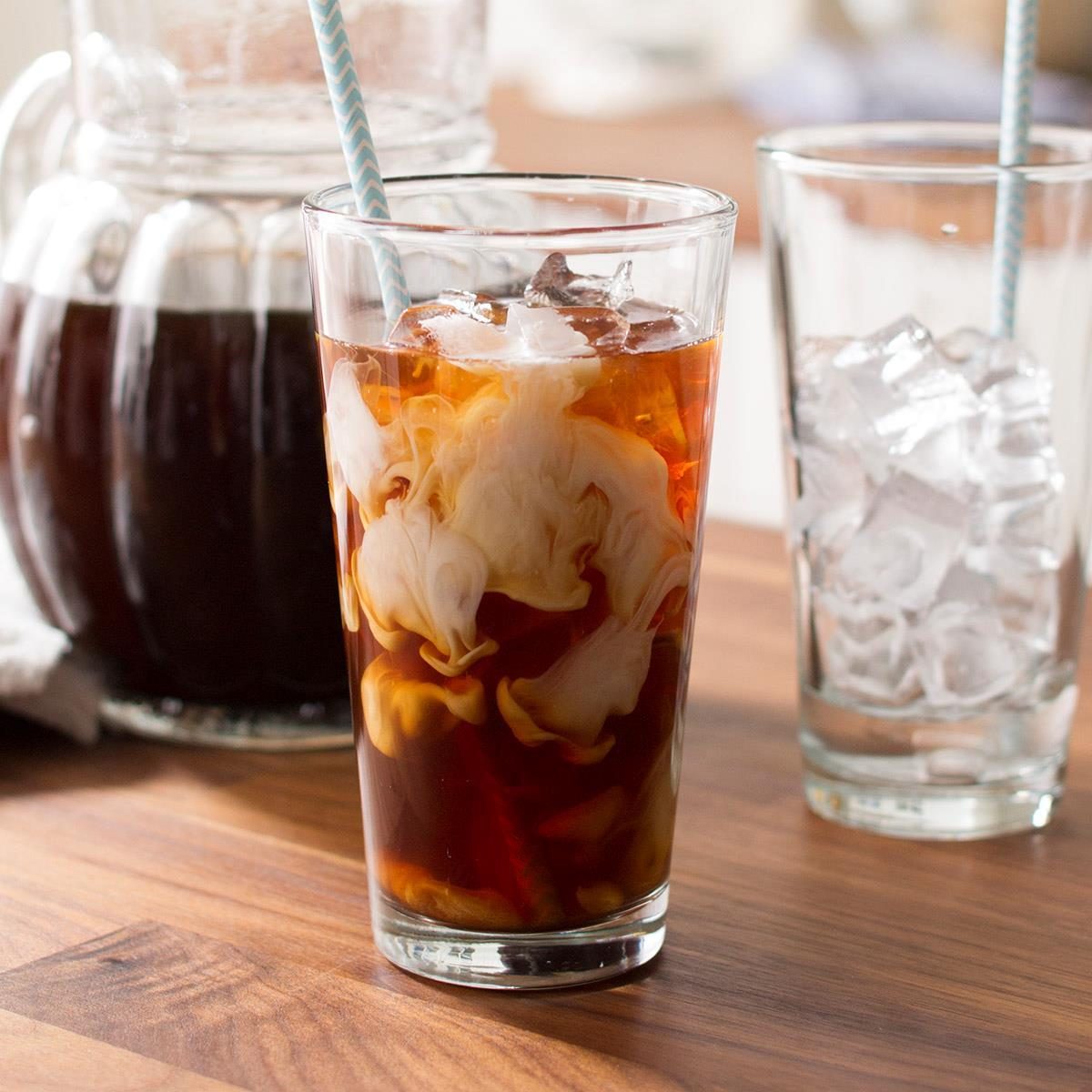
ColdBrew Coffee Reader's Digest Canada
Cold brew is typically steeped in cold water over a period of 12-24 hours, resulting in higher caffeine content. Espresso is brewed by forcing hot water through finely-ground coffee under pressure, resulting in a concentrated beverage. Cold brew generally has a smoother, less acidic flavor compared to the more robust, intense taste of espresso.

How To Make Cold Brew Coffee The Ultimate Guide
But it's not that simple. Here is where things get a little bit complicated, and the answer to "Does cold brew coffee have more caffeine?" isn't exactly straightforward. "One thing you need to consider is that cold brew coffee typically uses a much higher coffee-to-water ratio, anywhere between 2 to 2 1/2 times more," says Rivera.
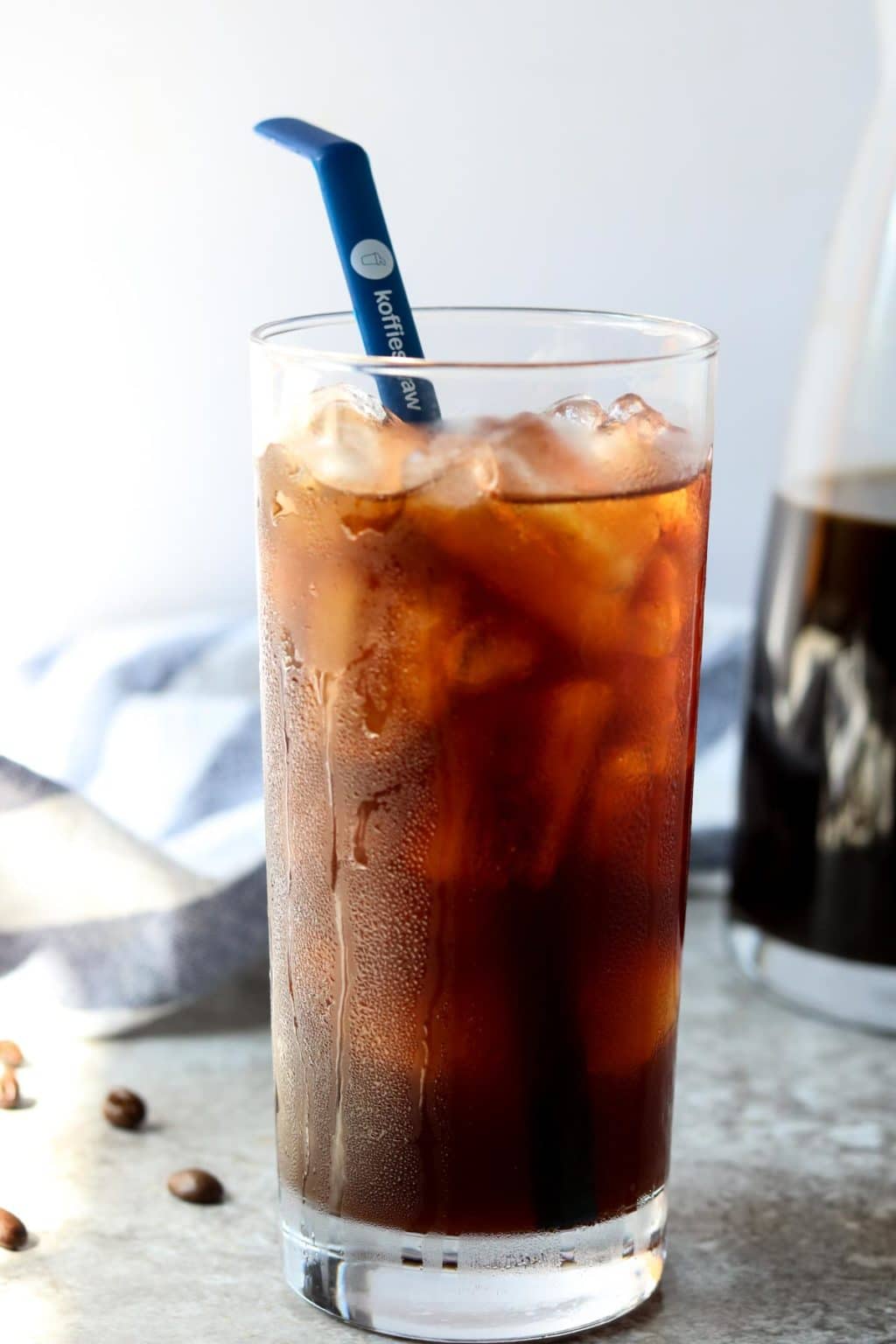
Homemade Cold Brew Coffee & Cold Brew Iced Lattes Mom's Dinner
Cold brew coffee has more caffeine than iced coffee for several reasons, including the brewing method, the temperature of the water used, the coffee-to-water ratio, and brewing time. If you're looking for a boost in your morning cuppa, cold brew is the way to go. However, it is important to note that consuming too much caffeine can have.

Cold Brew Has 22.8 More Caffeine (+4 More Amazing Benefits In 2022)
Cold brew is a different beast entirely. While heat helps extract more caffeine, cold brew is typically brewed as a concentrate, with a higher than normal coffee-to-water ratio of between 1:4 and.